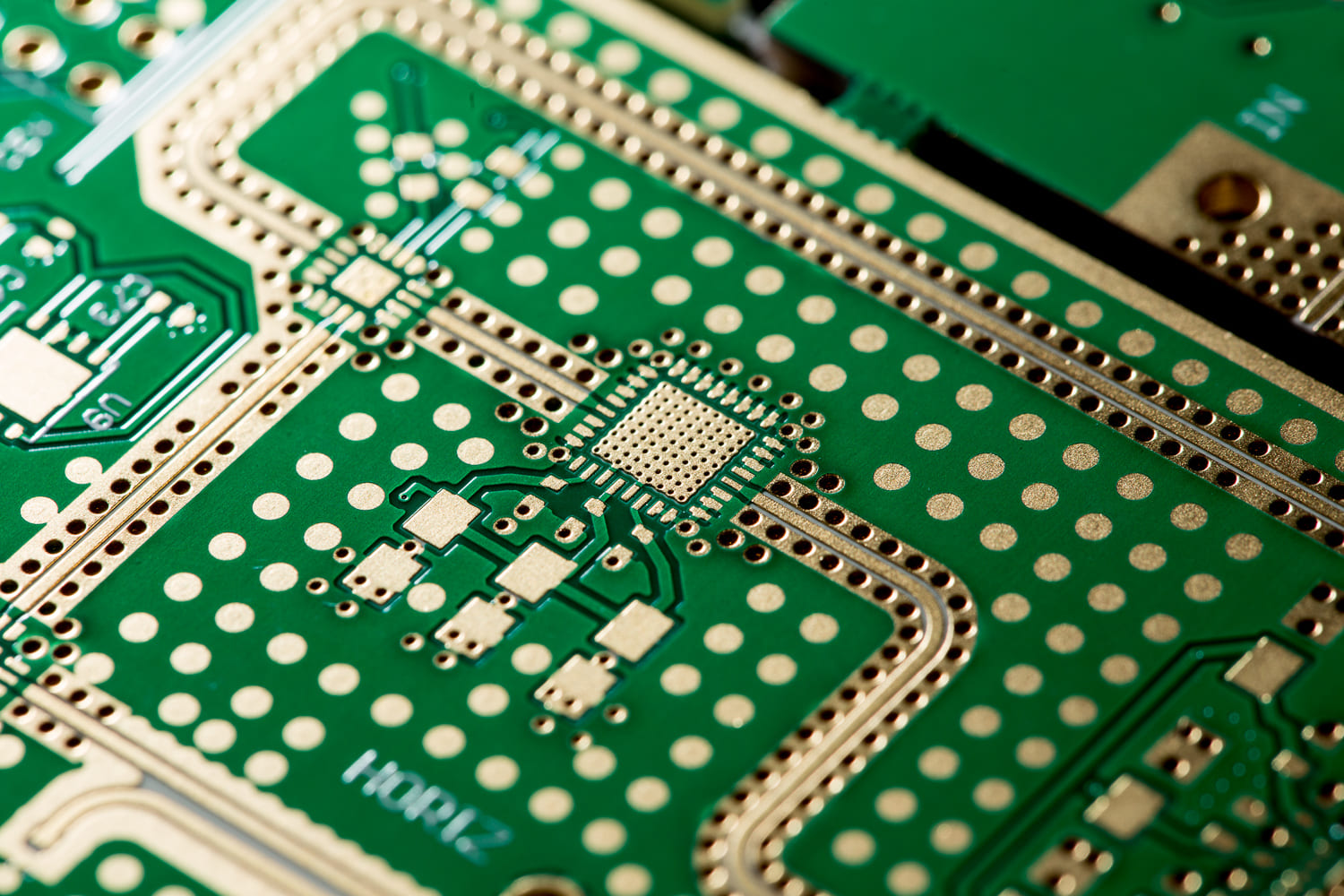
Published 2021-12-09
How to Cite
Copyright (c) 2021 INESC TEC Science&Society

This work is licensed under a Creative Commons Attribution 4.0 International License.
Abstract
Digital technologies for smart cities will, among many other aspects, facilitate the changes needed to increase sustainability and foster the adaptation to climate change. The evolution of mobile networks - in the short term with 5G - brings as main novelty the provision of differentiated services for communication between equipment (devices and services) and people. This is reflected in a greater capacity to interconnect huge amounts of devices per square meter (the massive Machine Type Communications - mMTC service), the possibility of having high reliability and very low latency in some communications (the Ultra Reliable Low Latency Communications - URLLC service), and the ability to provide high throughput for specific applications (the enhanced Mobile Broadband - eMBB service). These services will be provided not only through the installation of new infrastructures for the various frequency bands of the access networks (700MHz, 3.5GHz, 26GHz), but also via the integration and evolution of existing technologies (including 3G/4G and NB- IoT, WiFi, etc.). Although the use of new frequencies has raised concern about the risks to people and animals' health, there is no scientific evidence to support it so far, as detailed in a recent study by the EC Joint Research Center.
Read full version.
